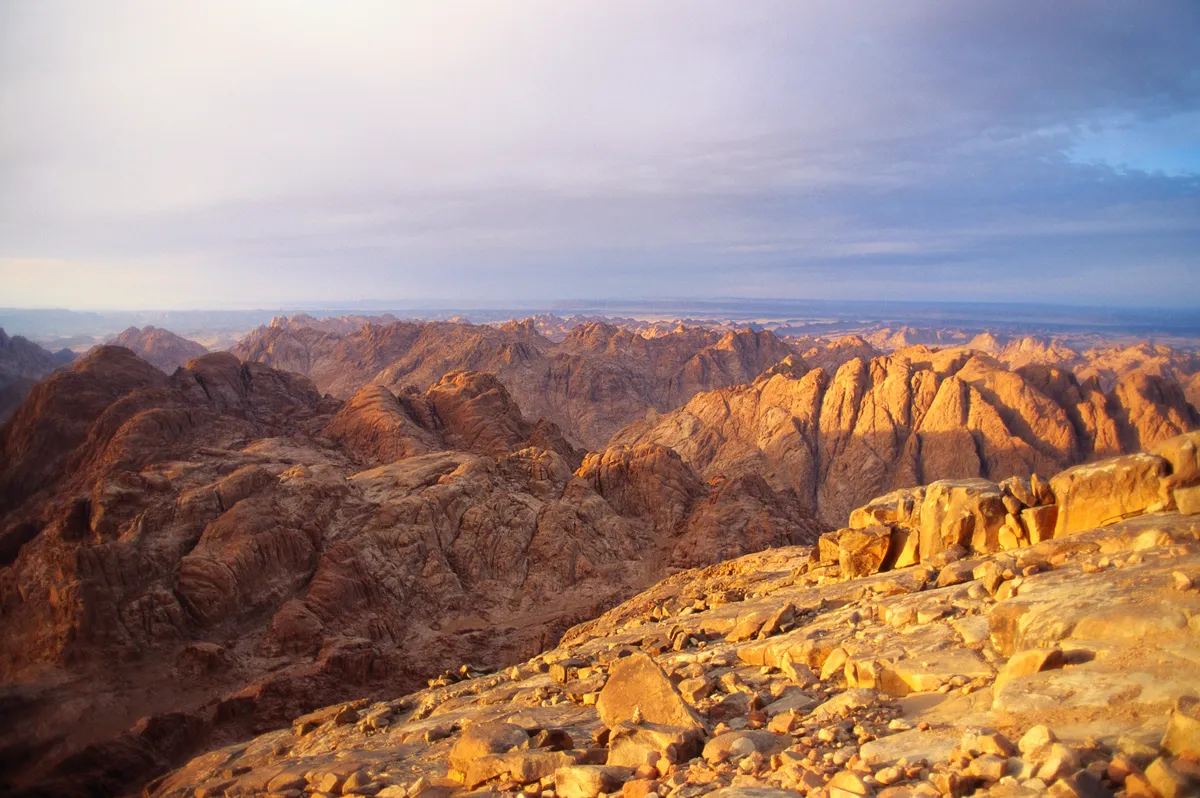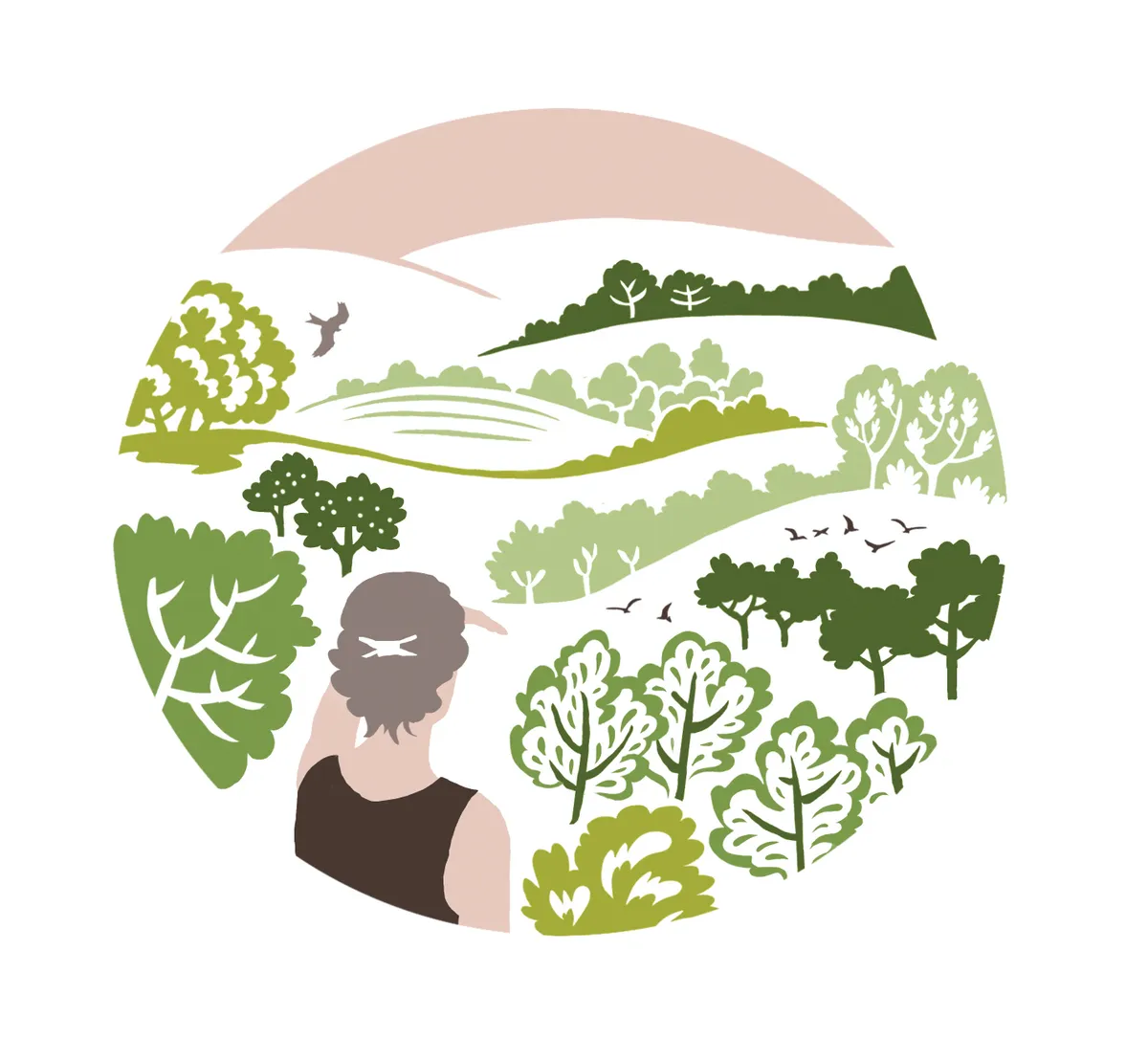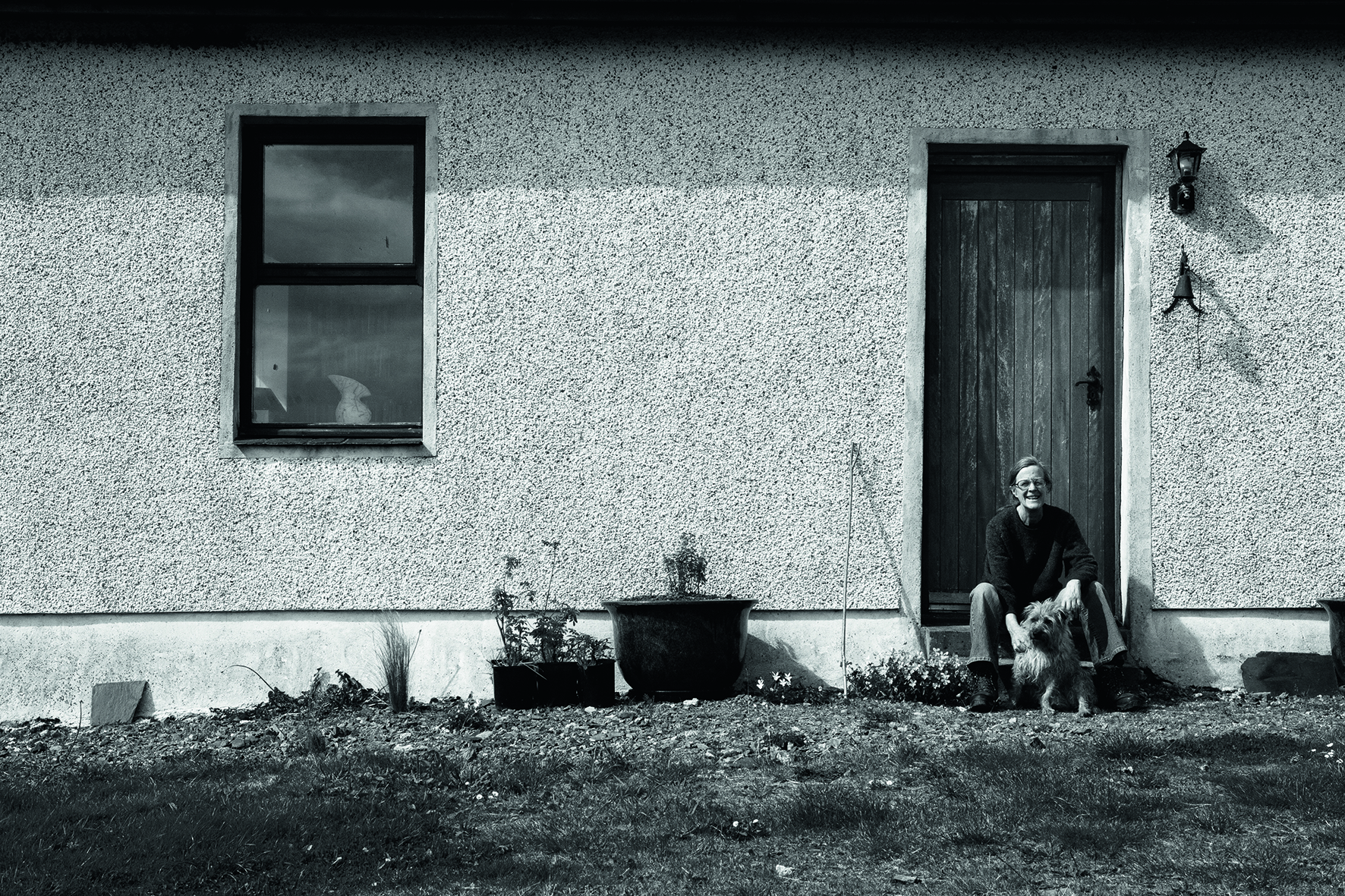If you think about it, the word ‘countryside’ is actually rather odd. When we say ‘seaside’, ‘riverside’ or ‘mountainside’ we mean something simple and straightforward: a place that is beside (at the side of) the thing in the word.
But ‘countryside’ is totally different: it ought to mean a suburb (land beside some country, as well as beside a town). Even my etymological dictionary is baffled. The word emerged first in the mid-15th century, but no one seems to be sure why. Yet we all use it, nearly always positively, to mean the opposite of ‘urban’ (we don’t, however, have ‘townside’ or ‘cityside’) or, as the dictionary defines it: “land not in towns, cities or industrial areas, that is either used for farming or left in its natural condition”.
I’ve been thinking a good deal about what we mean by countryside because I’ve just spent six weeks in the South Sinai Desert. Deserts, contrary to popular opinion, vary a great deal; while some may be empty, desolate wastes – boring and dead – none of the few I’ve been in are like that. They come sandy, rocky, mountainous, mixed, magnificent, savage and simply beautiful. The technical definition of a desert is anywhere that has an average annual precipitation of less than 250mm (10 inches). This means that both the Arctic, with 240mm a year, and the Antarctic, with 165mm, are deserts and they certainly do not all look like Saudi Arabia’s Rub’ al-Khali (the Empty Quarter) or the Sahara.

The Sinai Desert is, for many people, an unusually pretty desert; this is partly because it was once under a shallow sea, which drained off to form the Mediterranean during vast seismic and tectonic upheavals. Consequently, it has water-carved sandstone formations further eroded by sun and wind, with wide white wadis (flat-bottomed valleys), mountain ranges and huge spectacular views. It also has a surprising variety of plants and wildlife.

I was camping under the stars with no tent, and one morning I counted 15 different kinds of footprint – mammals, reptiles, insects and birds – who had passed within a metre of my sleeping bag in the night. There were birds: great skeins of geese flying south in the evenings, ravens, pigeons, various unidentified-by-me species and the enchanting nun-bird (the local name for the hooded wheatear because of its black plumage and white cap and breast). And while most of the land was “left in its natural condition” there was some farming – mainly wandering herds of goats, camels and, nearer the few villages, chickens and some cultivated vegetables.
So there was definitely landscape and wildness and beauty and absolutely no “towns, cities or industrial areas”. But somehow it was never countryside. It simply didn’t feel like countryside. Suddenly, I realised it was about colour: countryside is green. However lovely those red rocks are, however white and bright the steep sand dunes are, however golden and pink the spectacular sunsets, if there is not a variety of green then it is not ‘countryside’ for me. Even in winter, almost everywhere in the UK something will be green. Even in deciduous woodland there is moss and grass. Even on the roughest hills or rockiest islands there is something green to be seen.
I will go back to the desert because it is magnificent and untamed. But I know now I will always need to return to the “green, green grass of home”.
